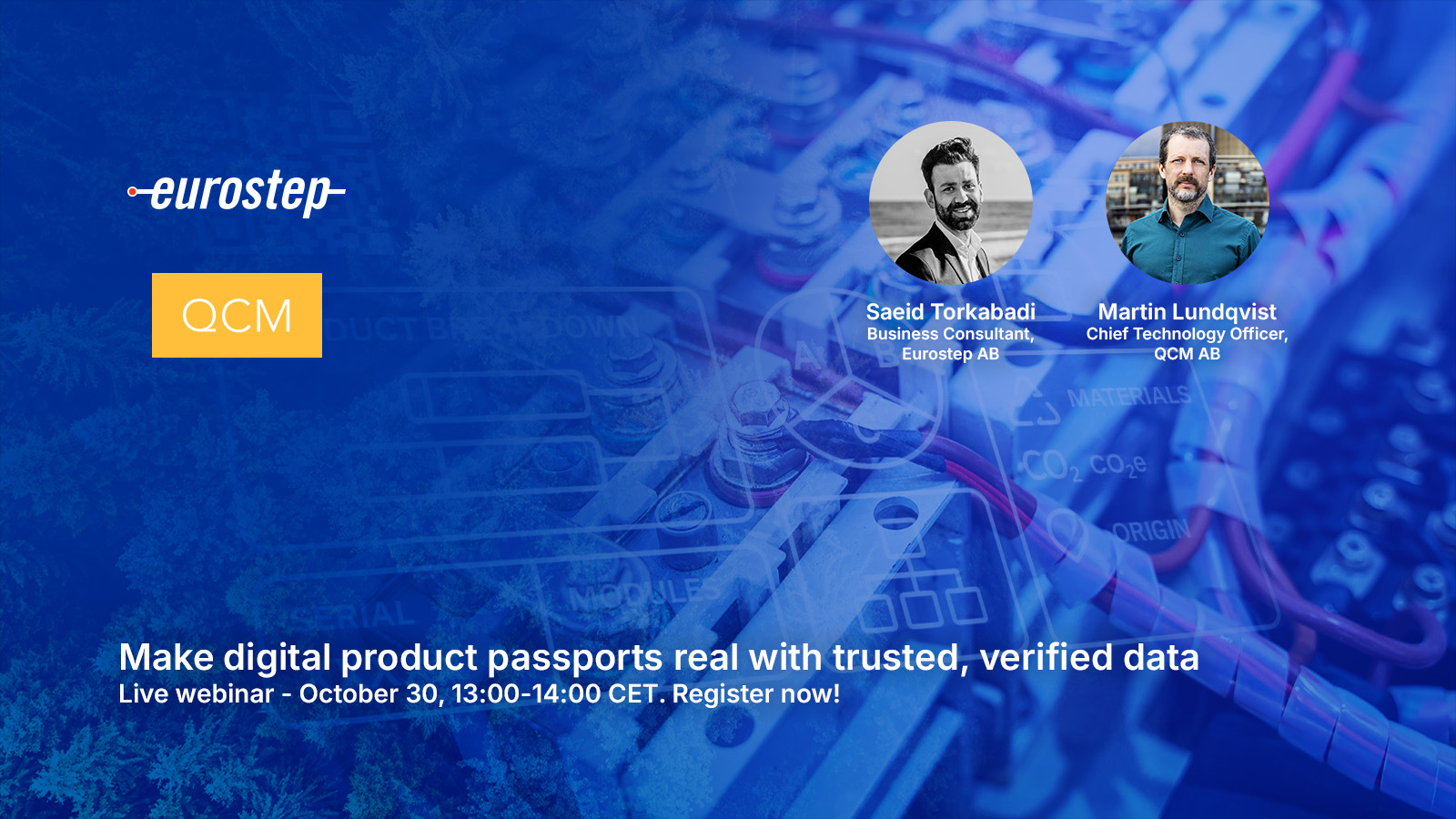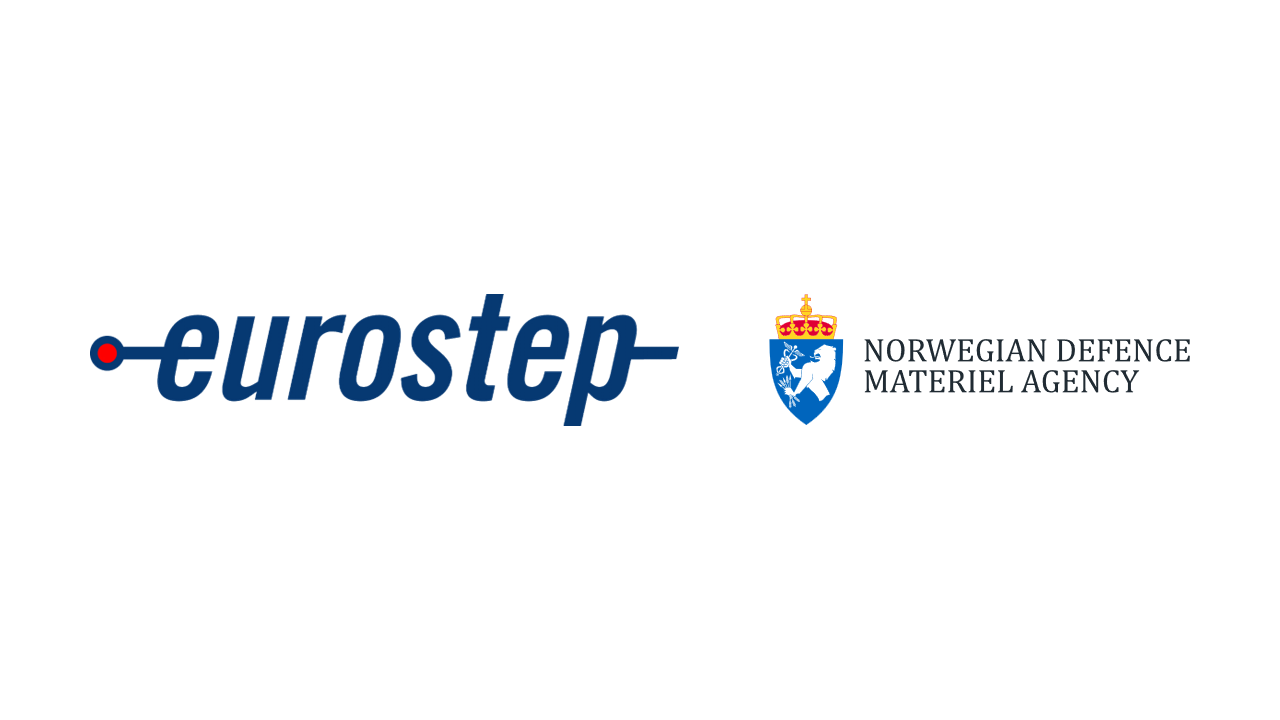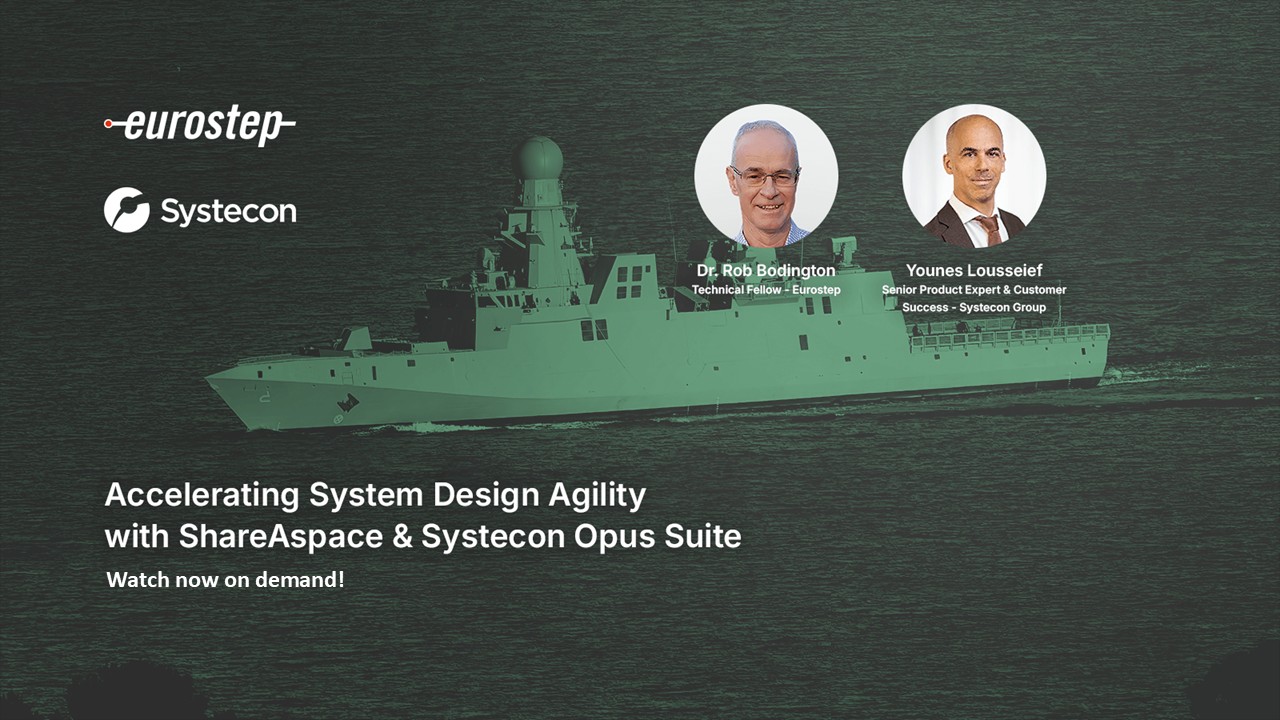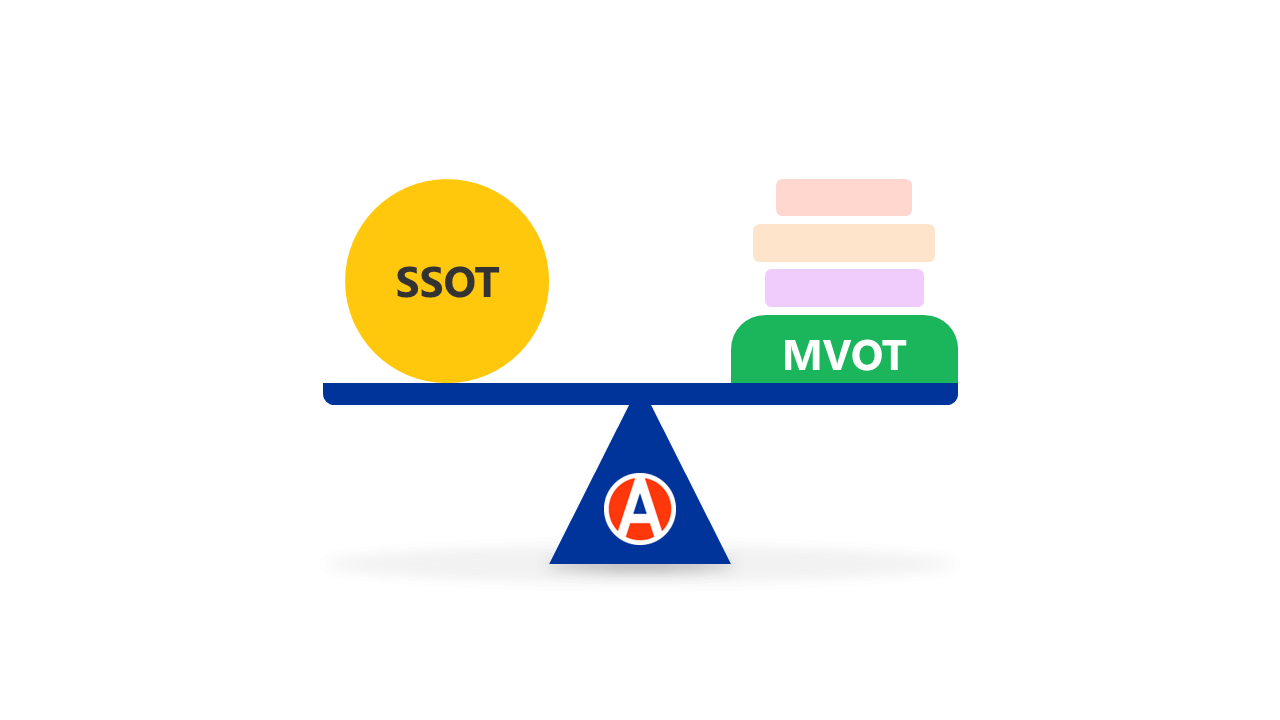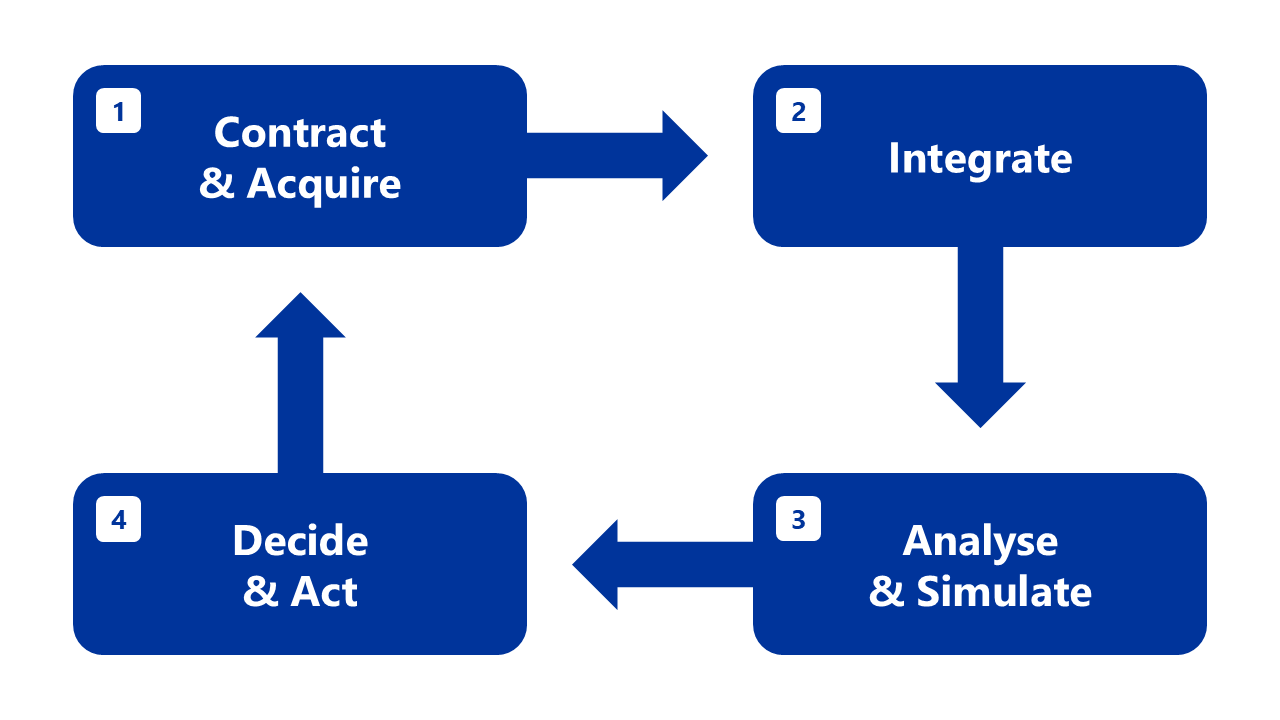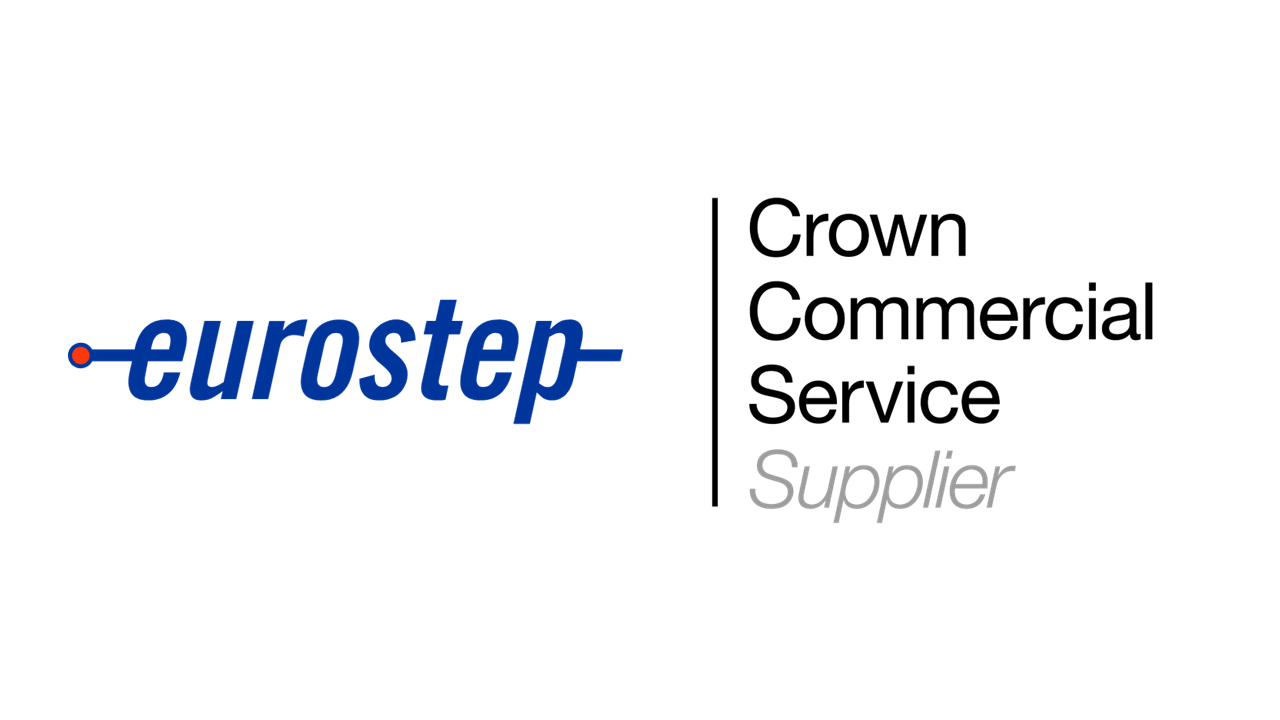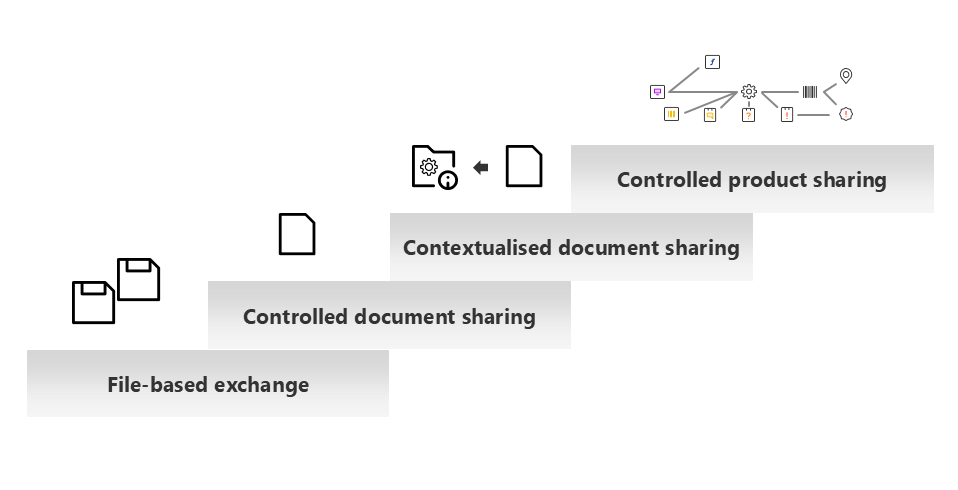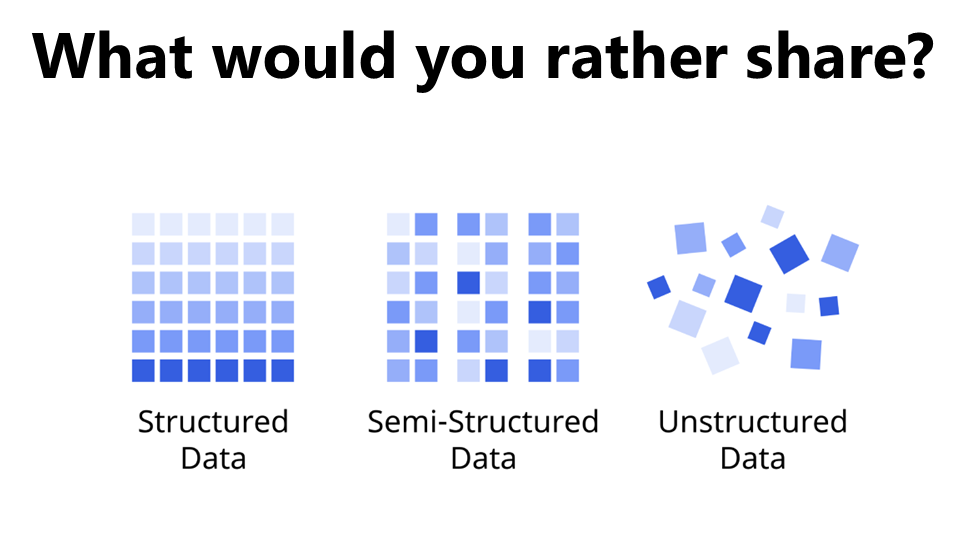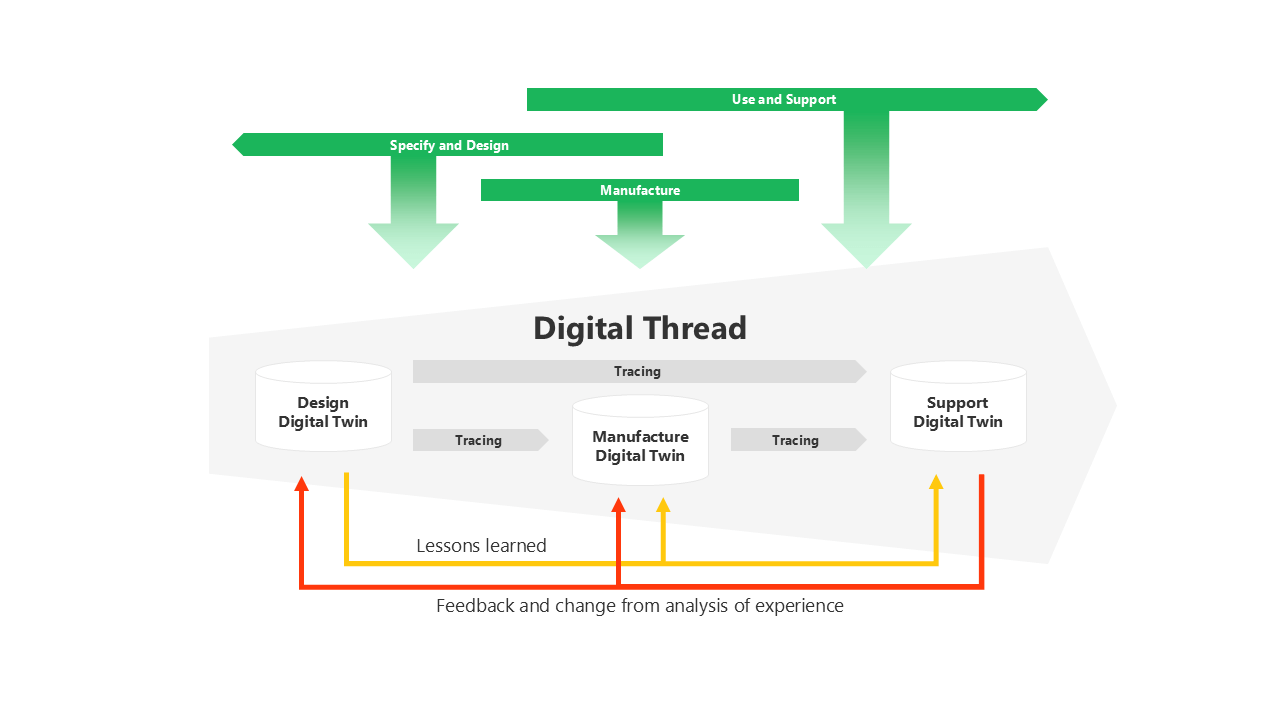Introduction
Product Lifecycle Management (PLM) is the strategic discipline applied within an enterprise to create, govern, and leverage all product-related knowledge—from the first spark of an idea through detailed design, industrialisation, service, and end-of-life—so every internal stakeholder works from one authoritative product record. Practised properly, PLM weaves a continuous digital thread that links engineering, manufacturing, quality, supply chain, service, and finance inside the organisation. When that same thread must cross corporate borders—connecting suppliers, contract manufacturers, regulators, and customers—the task moves from PLM to secure PLM collaboration, where standards-based data sharing and fine-grained access control keep information flowing without compromising intellectual property.
PLM collaboration allows for streamlined communication, data sharing, and process management among the involved entities. This article dives into the nuances of PLM collaboration, its patterns, and its critical role in sectors like Defence & Aerospace, Manufacturing, and Architecture, Engineering, and Construction (AEC) & Plant.
What is PLM Collaboration?
PLM collaboration is the discipline of securely sharing, managing, and tracking product data and workflows beyond the walls of one company, linking OEMs, suppliers, design partners, regulators, and customers throughout the lifecycle. It relies on an interoperable collaboration space that gives each authorised partner controlled access to the same authoritative product record without forcing everyone onto one vendor’s monolithic system. This extended-enterprise visibility is critical in industries with complex supply chains and tight regulatory oversight, where design intent, configuration, and compliance evidence must stay synchronised across many organisations.
Types of PLM Collaboration patterns
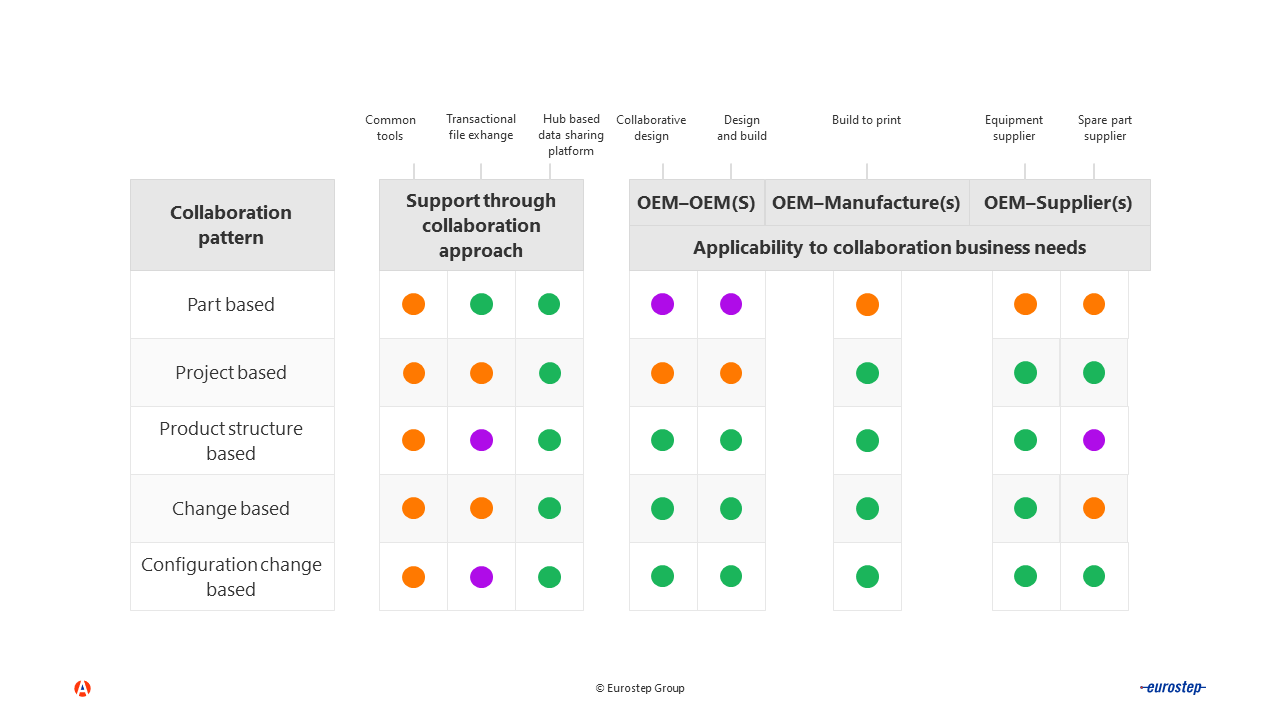
Technical data pack collaboration
Here, all the required data is encapsulated into a single package, known as a Technical Data Pack. This pack can be easily shared among different organisations, making it a convenient option for one-off collaborations or projects with clearly defined deliverables.
Assembly or part-based collaboration
In this approach, collaboration revolves around a single part or assembly. It is ideal when only specific parts of a product require collaborative inputs, such as design modifications or material selection.
Project-based collaboration
This pattern views each collaboration as a separate project, dividing it into work packages allocated to various partners. It suits complex collaborations involving multiple deliverables, tasks, and deadlines.
Product structure-based collaboration
This focuses on the end product and its decomposition into constituent systems or functional areas. These decomposition elements are then identified as collaboration points, facilitating comprehensive product development.
Change-based collaboration
Change-based collaboration employs change management processes to coordinate efforts. Here, any alteration in product design or function triggers a new cycle of collaboration, ensuring all stakeholders are aligned.
Configuration change-based collaboration
An extension of Product Structure-Based Collaboration, this approach integrates configuration change management into the workflow. It provides a more granular level of control, identifying specific points in the product structure that are subject to change and defining who is responsible for them.
The role of a digital thread in PLM collaboration
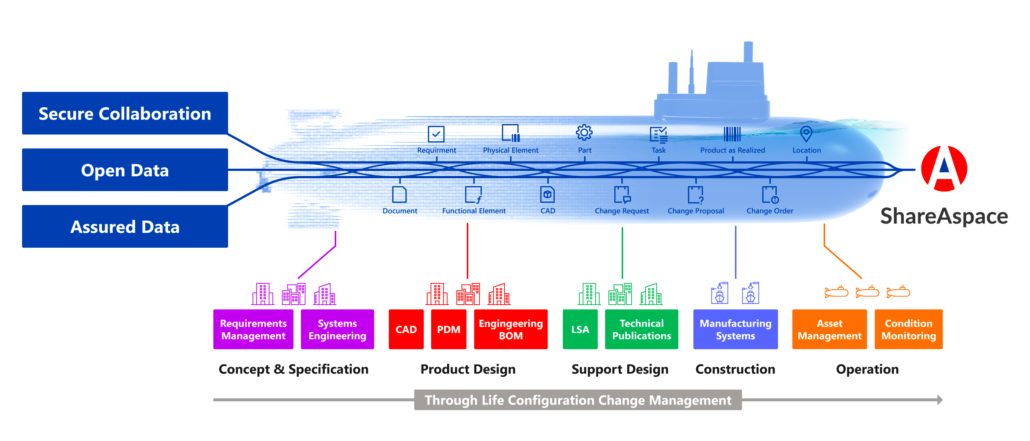
In the complex ecosystem of Product Lifecycle Management (PLM), a digital thread serves as the central nervous system, weaving together disparate data sources and facilitating seamless collaboration across global value networks. It provides a 360-degree view of a product’s lifecycle, from inception to retirement, ensuring data integrity and real-time updates for all stakeholders involved. Utilising standards like PLCS, the digital thread ensures interoperability across diverse platforms, breaking down organisational silos to include external partners, suppliers, and even customers. Its agile and adaptive nature makes it indispensable in sectors like Defence & Aerospace, Manufacturing, and AEC & Plant, where the pace of change is rapid and the stakes are high. By offering a comprehensive, integrated view of critical business data, the digital thread empowers organisations to make informed decisions, ultimately accelerating time-to-market and fostering continuous improvement.
Key features for a successful PLM Collaboration platform
- IP protection: Safeguards against unauthorised data access.
- Audit trails: Complete history of data changes and access.
- Configurability: Customisable according to the business relationship and data type.
- Two-way data flow: Streamlined data sharing between design and manufacturing.
- Security: Enhanced data security across organisational boundaries.
Why PLM Collaboration is crucial in certain industries
Defence & Aerospace
Given the sensitive nature of defence projects, PLM collaboration ensures that design specs, material selections, and all other data are securely shared, monitored, and audited.
Manufacturing
Manufacturers often have a broad network of suppliers and subcontractors. PLM collaboration can reduce lead times, improve product quality, and facilitate just-in-time manufacturing.
AEC & Plant
In AEC & Plant sectors, multiple contractors, architects, and suppliers collaborate on a single project. PLM collaboration helps in maintaining design integrity and regulatory compliance.
Conclusion
PLM collaboration is more than a buzzword; it’s a necessity in today’s globalised, fast-paced industrial landscape. From simplifying data sharing to maintaining compliance and quality, PLM collaboration plays an essential role in a product’s lifecycle. By understanding and implementing the right PLM collaboration pattern, organisations can significantly improve their efficiency, reduce errors, and accelerate time-to-market.
For companies looking to adopt a robust PLM collaboration solution that can adapt to various industries such as Defence & Aerospace, Manufacturing, and AEC & Plant, ShareAspace offers a highly configurable platform designed for secure PLM collaboration. Built on standards like PLCS and AP242, ShareAspace provides the security, configurability, and scalability required to manage complex global value networks. Companies like Saab, Siemens Energy, and Group Renault have already harnessed the power of ShareAspace to optimise their product lifecycles.
In a world where collaboration is key to innovation and efficiency, adopting a platform like ShareAspace could be your organisation’s next pivotal step towards operational excellence.
Learn more about streamlining your PLM collaboration with ShareAspace.



